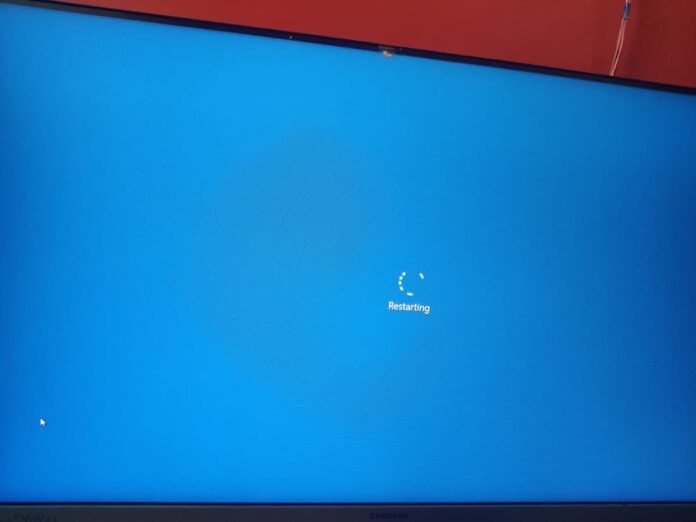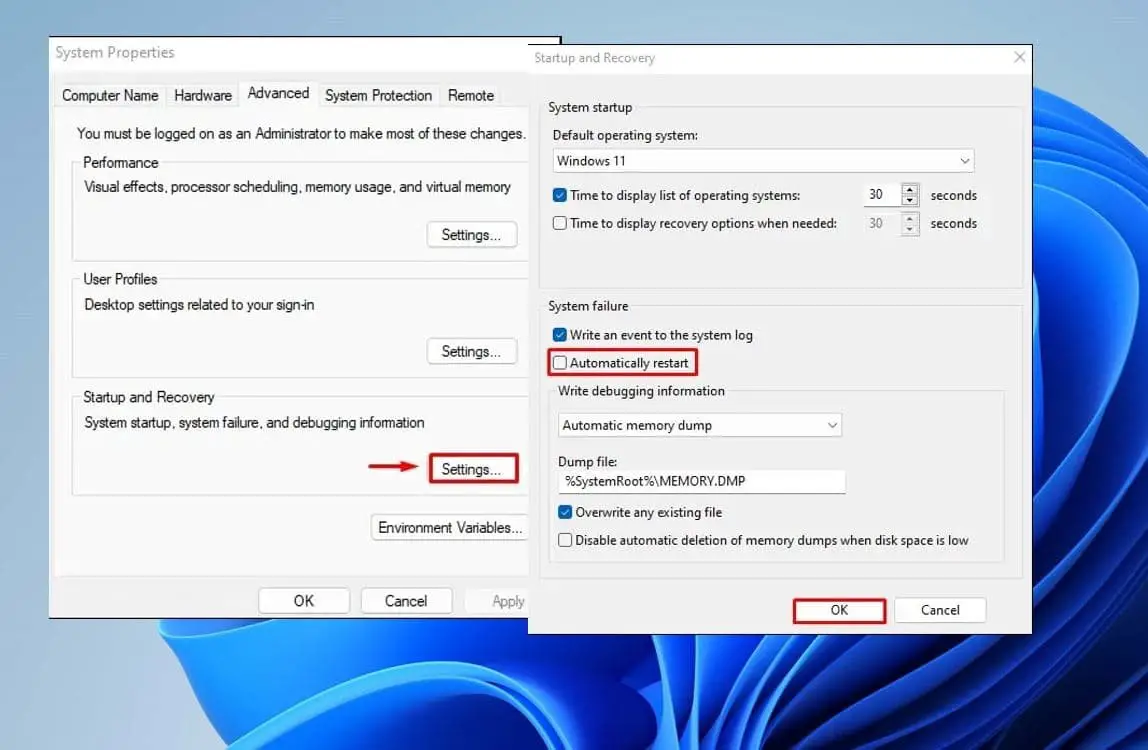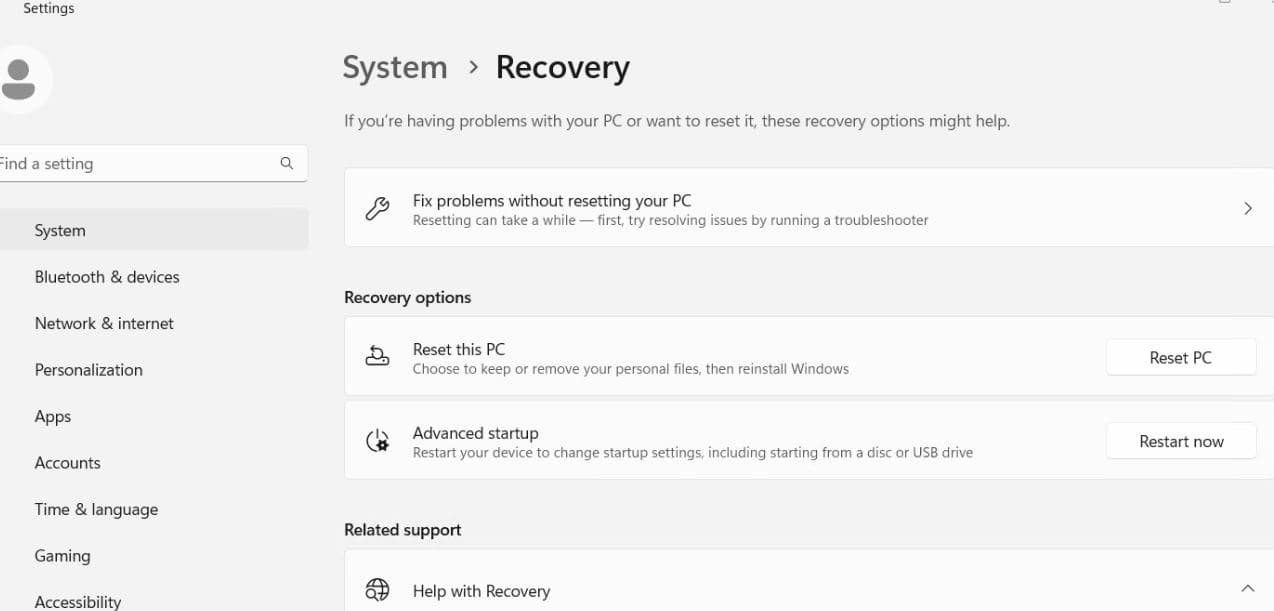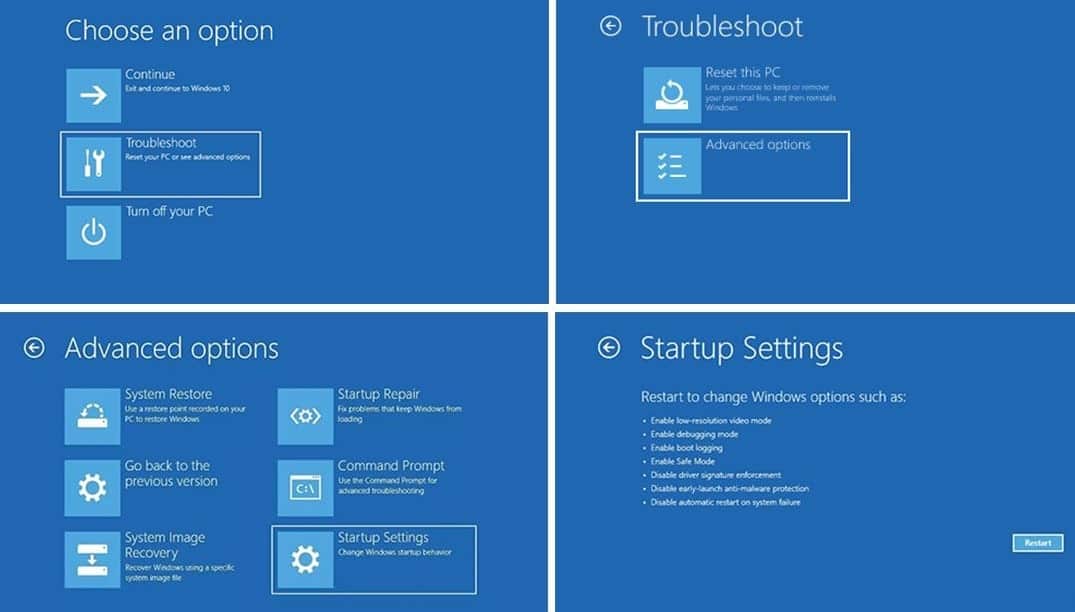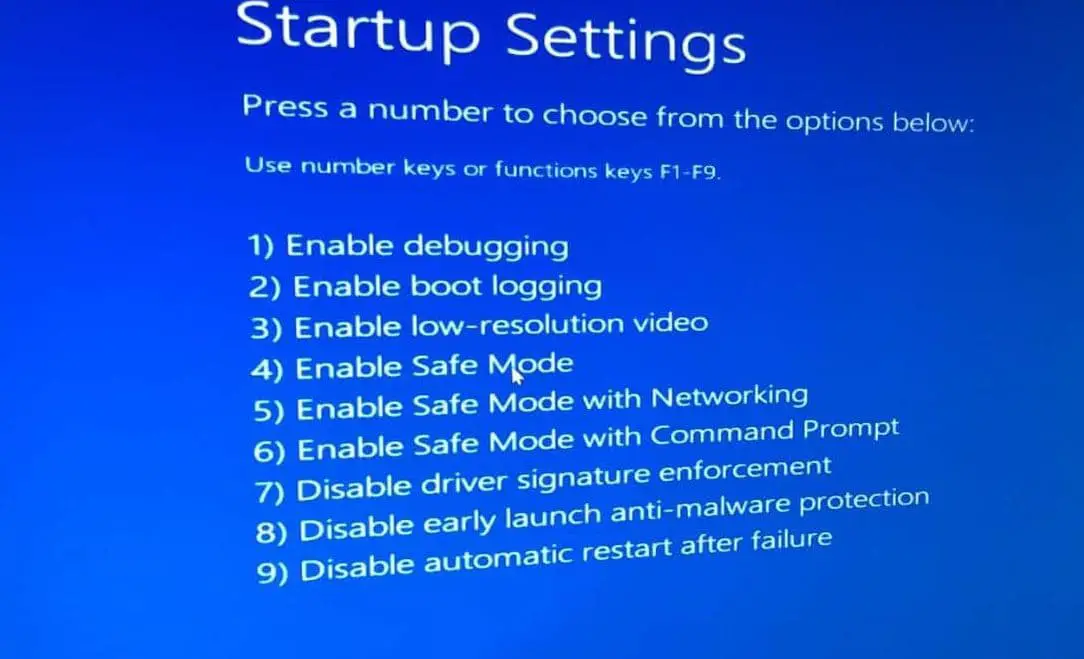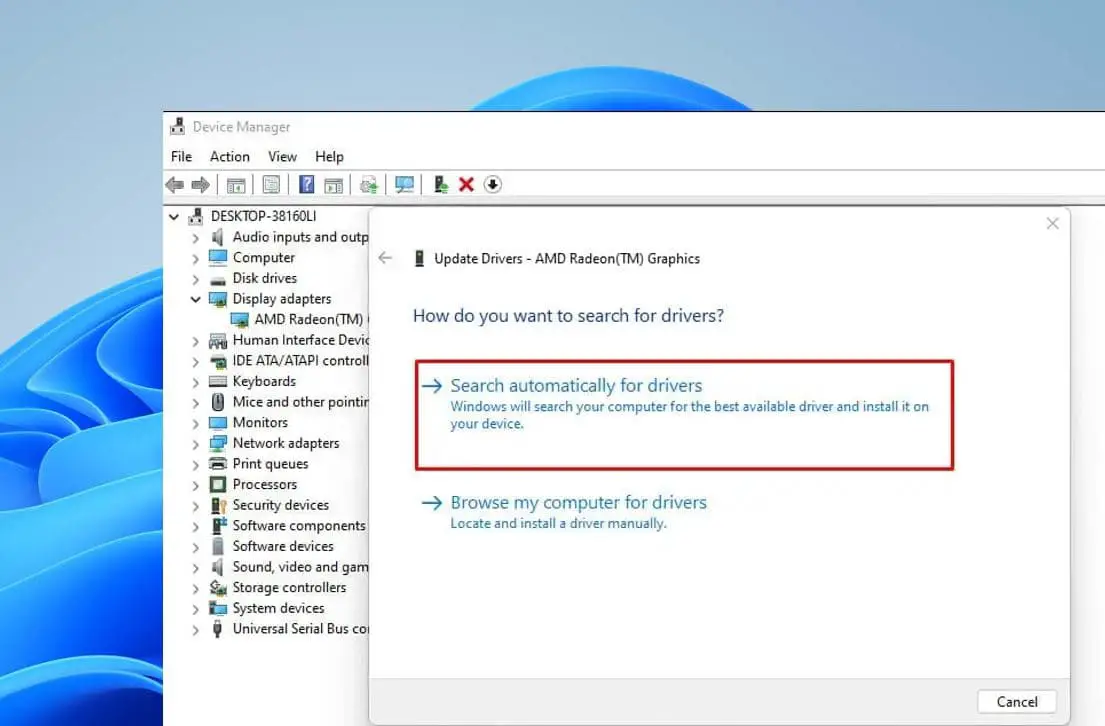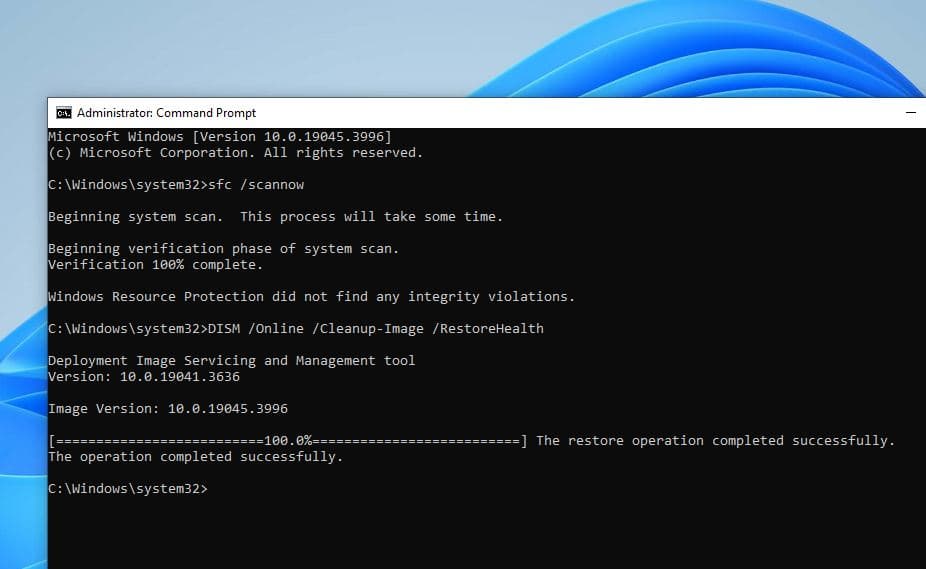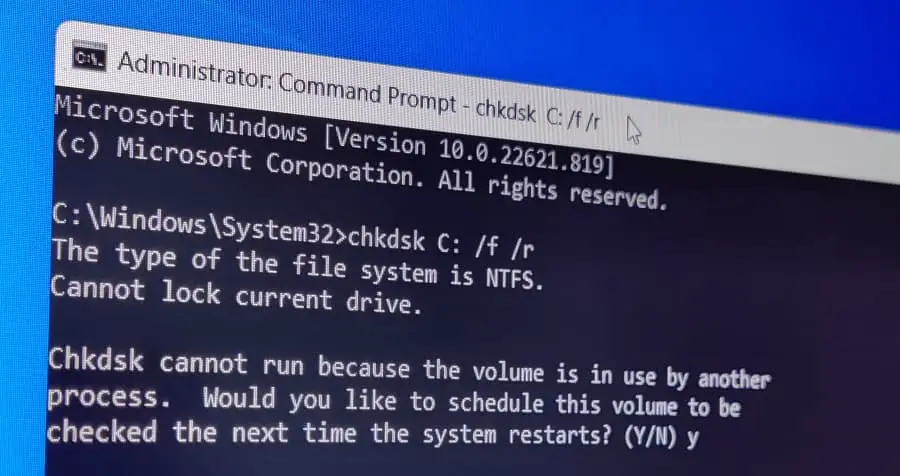Windows 11 is undoubtedly the most advanced operating system from Microsoft, brings enhanced features and efficient user experience. However, like any software, it may encounter issues and one of the frustrating problems you may encounter is that Windows keeps restarting. Several users reported Windows 11 keeps shutting down and restarting, randomly without any warning or error message. This issue not only interrupts your working gaming or entertainment but also causes data loss, system damage, or security risks. This article explores common reasons why Windows 11 keeps restarting and provides step-by-step solutions to help you resolve it.
Fixes for Windows 11 Randomly restart
There are many possible reasons why your Windows 11 PC keeps restarting, such as power supply issues, overheating, viruses, corrupted files, or hardware problems.
- Hardware Problems: Faulty hardware components such as RAM, hard drives, or power supplies may lead to unexpected restarts.
- Overheating: Your PC may be generating too much heat and triggering a safety mechanism that shuts it down or restarts it to prevent further damage.
- Software Conflict: Certain third-party software applications or malware may interfere with system processes, causing restart loops.
- Update Installation Failure: Failed or incomplete Windows updates can result in system instability, leading to restart loops.
- Driver Issues: Incompatible or outdated device drivers can cause conflicts that trigger restart loops.
Fortunately, there are also some ways to troubleshoot and fix this issue and prevent it from happening again.
Turn Off the Automatic Restart
Whenever you experience, Windows 11 Continuous Restart Loop the very first thing you should do is to disable the automatic restart feature. This will prevent your computer from rebooting itself in case of a system failure, and instead show you an error screen. This can help you identify the source of the problem and apply the appropriate solution.
- Press the Windows key search for and select View Advanced system settings.
- In the Advanced Tab click on Settings under Startup and Recovery
- Untick the checkbox for Automatic restart under System failure, and click on OK to save the changes.
Check for Power Supply Issues
Another possible reason why your Windows 11 PC keeps restarting is a failing or inadequate power supply unit (PSU). The PSU is responsible for providing power to all the components of your PC, and if it is faulty or not powerful enough, it can cause system instability and random restarts.
Start by visually inspecting the power supply unit (PSU) for any signs of damage, such as burn marks, bulging or leaking capacitors, or loose connections.
Ensure that all cables are securely connected to both the power supply and the components they power (motherboard, graphics card, drives, etc.).
Power on the system and listen for any unusual noises coming from the PSU, such as clicking, buzzing, or whining. These could indicate internal component failure.
If you have a power supply tester or use a multimeter to check the output voltages of the PSU. The standard voltages for the main rails are +3.3V, +5V, and +12V. Refer to the PSU’s documentation for specific voltage tolerances.
If you’re unsure about performing these steps yourself, consider consulting a professional technician or contacting the manufacturer for support.
Make Sure Your PC Isn’t Overheating
Overheating is another common cause of Windows 11 PC restarts. When certain hardware components, such as the CPU and GPU, overheat, they can trigger a self-preservation mode that shuts down or restarts your PC to prevent further damage.
Install software like HWMonitor, Core Temp, or SpeedFan to monitor the temperatures of your CPU, GPU, and other components in real time. The ideal temperature range for most CPUs and GPUs is between 30°C and 70°C, depending on the model and usage. If the temperature exceeds 80°C, you should take action to cool down your PC.
Clean your PC regularly to remove dust and debris that can clog the fans and vents. Also, Ensure that your PC case has proper airflow.
Check if the CPU and GPU fans are spinning properly. If they’re not, it could indicate a faulty fan or a connection issue. Also ensure the CPU cooler is securely mounted and making good contact with the CPU. If using thermal paste, consider reapplying it if necessary.
If you’ve overclocked your CPU or GPU, consider reverting to stock settings, as overclocking can significantly increase heat output.
Boot into Safe Mode
Again Faulty drivers or incompatible software can sometimes cause Windows to keep restarting. In such situations, starting Windows in Safe Mode can be a lifesaver. Safe Mode loads Windows with only the essential components bypasses any problematic software or drivers. This isolation helps troubleshoot and identify the specific issue without interference from unnecessary programs.
To start Windows 11 in safe mode, hold the shift key on the keyboard then restart Windows. Alternatively, navigate settings -> System > Recovery. Under Recovery options, next to Advanced Startup, select Restart Now.
- After your PC restarts to the Choose an option screen, select Troubleshoot > Advanced options > Startup Settings > Restart.
- And finally press F4 to start Windows safe mode, F5 to enable internet access on safe mode.
Update Graphics Driver
Outdated or faulty graphics drivers are another common culprit behind restart loops in Windows 11. Let’s Update the graphics driver to the latest version, this ensures compatibility with the operating system and resolves any known issues or bugs that might be triggering the restart problem.
- Press the Windows key + X and select “Device Manager.”
- Expand the “Display adapters” category.
- Right-click on your graphics card and select “Update driver.”
- Choose “Search automatically for updated driver software” and follow the on-screen instructions to install the latest driver.
If updating didn’t help, right-click on your GPU select Uninstall Device, and restart Windows. This will install the default driver and probably fix the issue for you. Also, you can download and install AMD/NVIDIA drivers manually from the manufacturer’s website.
Run Hardware Diagnostics
Hardware problems, such as a failing hard drive or faulty RAM, can also lead to continuous restarts. Running hardware diagnostics helps check the health of critical components and identifies any issues that may be contributing to the problem.
This step is crucial for pinpointing and addressing potential hardware failures.
You can run built-in memory diagnostic tool, help you test the RAM (Random Access Memory), and troubleshoot all memory problems.
- Press Windows key + R, type mdsched.exe, and click ok,
- Select the first option Restart now and check for problems. your device will restart so that the Memory Diagnostic tool can run some tests.
Alternatively, you can use third-party software like MemTest86 for RAM testing and CrystalDiskInfo for hard drive health.
In addition, open the computer cabinet, reseat RAM and graphics card. Confirm they are installed properly on your motherboard.
Repair Windows Files using SFC, DISM, and CHKDSK
Over time, Windows system files can get corrupted, which can lead to all sorts of problems, including restart loops. Running tools like System File Checker (SFC), Deployment Image Servicing and Management (DISM), and Check Disk (CHKDSK) help repair damaged files, restore system integrity, and fix disk errors, which help address the root cause of Windows 11 restart problem.
- Press Windows key + S and type cmd, right-click on command prompt select run as administrator.
- First run System File Checker (SFC), command: sfc /scannow to scan and repair corrupt files
For Deployment Image Servicing and Management (DISM), run the command: DISM /Online /Cleanup-Image /RestoreHealth. This helps repair the system image by replacing the damaged files from that system image.
Let the repair process complete 100%, once done, run chkdsk C: /f /r command to scan your hard disk for errors, and bad sectors and repair them automatically.
Type Y and press enter key to schedule the disk check to run on the next restart. close the command prompt and restart Windows to scan and fix disk errors.
Well If the restart loop started after a recent system change or software installation, performing a System Restore can undo those changes and restore your computer to a previous working state. This rollback removes any problematic software or settings that may be triggering the restarts, effectively resolving the issue.
Also read:
- How to fix Windows 10 startup problems on your PC or Laptop
- Windows Stuck in Automatic Repair loop? Here how to fix it!!!
- IRQL NOT LESS OR EQUAL (STOP: 0x0000000A) Windows 10 (12 Solutions)
- Discover Windows 11 Security Features and How They Can Benefit You
- Windows Media Creation Tool not working (7 Solutions to apply)
- 8 Dos and Don’ts of While Using Public Wi-Fi (Updated 2024)
